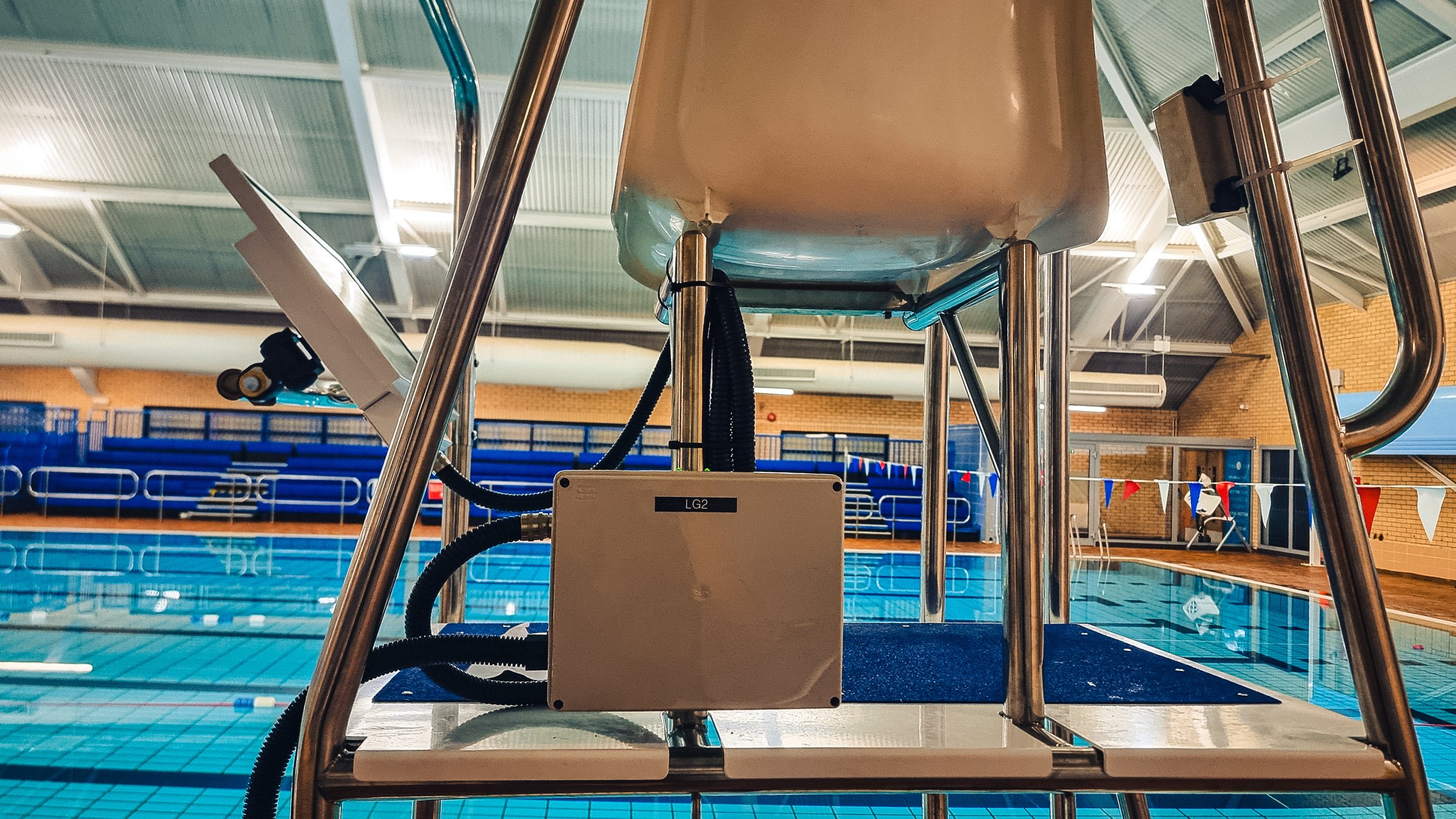Tate Ramsden
The death of an elite college swimmer has drawn attention to a dangerous condition called “shallow water blackout,” which can threaten even the most skilled swimmers.
- Hypoxic Training : Misunderstood application
- U.S. swimming pools ban long breath-holding after deaths
- Shallow Water Blackout : The Facts
- Hypoxic Blackout vs. Shallow Water Blackout
Tate Ramsden, 21, died this week while doing laps at a YMCA in Sarasota, Florida, according to a police report. Despite being a member of the Dartmouth swim team, Ramsden had to be pulled from the pool by lifeguards who attempted to save his life.
The student had already swum 4,000 yards when he attempted to swim four additional laps without taking a single breath, police said. Competitive swimmers train to take a minimal number of breaths in order to swim faster.
But such training without breathing can lead to a dangerous condition called “shallow water blackout.”
It can occur when swimmers hold their breath until they blackout, after which the body forces a breath and inhales water. The severe lack of oxygen can lead people to blackout “without warning” so they don’t surface for air before becoming incapacitated, according to the Shallow Water Blackout Prevention Organization.
Dr. Rhonda Milner, a retired radiologist and founder of the organization, said it’s key for advanced swimmers to understand that extreme training can be dangerous without proper supervision.”It’s another tragic event; it’s completely preventable,” Milner told ABC News today. “One of my current concerns, he was an excellent swimmer; he didn’t understand that he was putting himself at risk.”
Milner pointed out that if swimmers hyperventilate before breathing, their bodies may not build up the carbon dioxide that signals the body to take a breath, meaning they can pass out before they realize there’s a problem.
The same problem can occur if a swimmer works out with few breaths, leading to insufficient oxygen levels.
“You can ignore your urge to breathe; you get endorphins,” like a runner’s high, Milner said. “You’re set up for really putting yourself at risk.”
Milner, who started the foundation after her son died from a shallow water blackout-related drowning, said coaches must warn swimmers to be careful about trying to hold their breath for extended periods of time and not rely on lifeguards, who may not be used to seeing such cases.
“It should only be done in practice where they’re really closely watched,” Milner said.
Ramsden’s family released a statement mourning the young swimmer.
“His capacity for love for his family and friends was his great gift,” they said, “We truly cherished every moment we shared together.”
The family also said they wanted to raise awareness about this issue.
“This is an issue we feel swimmers and coaches should be made aware of,” the family said.











